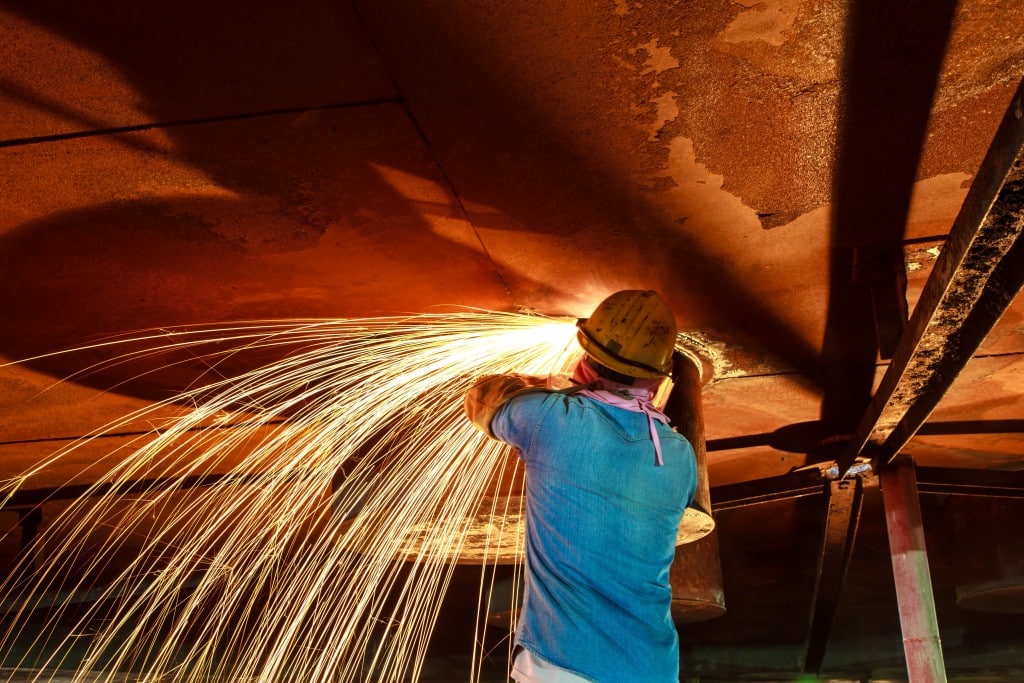Welding can be traced back to Iron Age and the Bronze Age when Egyptians welded together iron and small gold boxes. The welding we know now was invented in 1881 when two lead plates were joined by arc heat.
From there, welding evolved to electric arc welding, carbon rods, and metal electrodes. Today, there are new techniques that help speed up the welding process. New technology like pipe welding positioners, robotic welding, laser welding, and seam welding benefit production and the safety of human welders.
Positioners
Large parent materials can be challenging to handle, making the welding process more labour-intensive and time-consuming. The results of the welding should also have a better quality because the welding is more consistent and without breaks, compared to manually rotating the pipe.
Welding positioners are used to keep large pipes in position while the welder stays in place. It has various applications like spooling, rotating, and positioning of shafts, wheels, elbows, etc.
Since the positioner rotates the material at 360-degrees, the welder does not have to exert extra effort to cover the entire circumference of the pipe. This makes their work easier and more comfortable, reducing fatigue while increasing productivity.
Robotic welding
Factories often have large volumes of welding jobs to be done. Eventually, it becomes a routine, especially if it’s the same job in large quantities. As a result, people usually turn to robotic welding to perform repetitive welding jobs.
This makes it more efficient and accurate. For some types of welding—like resistance welding—turning robotic is more economical because it can endure and resist more heat and electrical currents. Ultimately, robotic welding lessens the risk of work-related accidents for human welders.
Laser welding
Laser welding reaches the tiniest of spots, and it can weld fragile workpieces as well. It uses a concentrated light beam as a heat source. It can be used on thermoplastics and thin workpieces.
It is also high-speed because the high-power laser can finish a job within milliseconds by triggering the electrons of the workpiece to break down the atoms to the materials’ melting point.
Seam Welding

Seam welding uses electric current and pressure to weld two materials together. It takes advantage of contact resistance, mostly in metals as these materials can tolerate pressure and conduct electricity well.
This is a durable option because the weld is continuous with the absence of gas formation and welding fume. There are also no filler materials, making the finished product more compact. The seals, then, are airtight and watertight to avoid leakages.
Efficiency and durability in modern welding techniques
With the use of these new techniques, welding is producing more durable materials. These also increase productivity as they can accomplish more work in short periods. Additionally, they lessen the human labour involved in welding, resulting in the following benefits:
- Human welders experience less fatigue as machines have made their jobs more efficient.
- This increases the comfort of the labour-intensive job.
- New advancements in welding technology reduce work-related risks because machines can do dangerous jobs.
By using modern welding technology, production can increase without straining the workforce, and the outcome is more durable.
